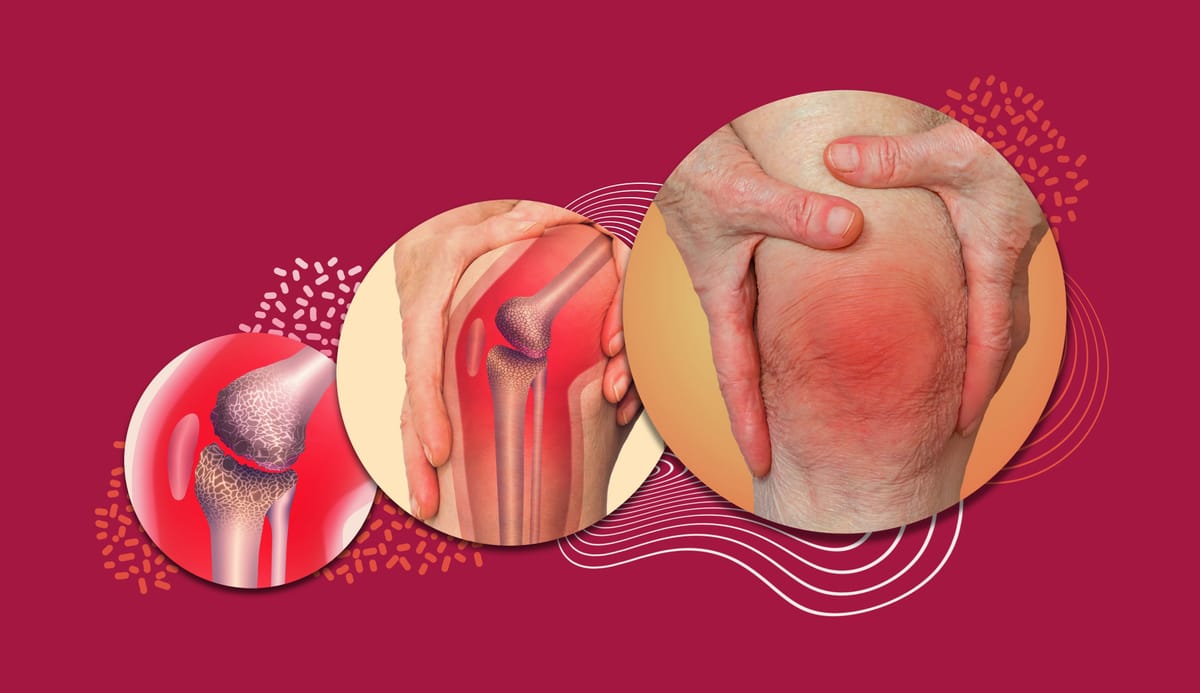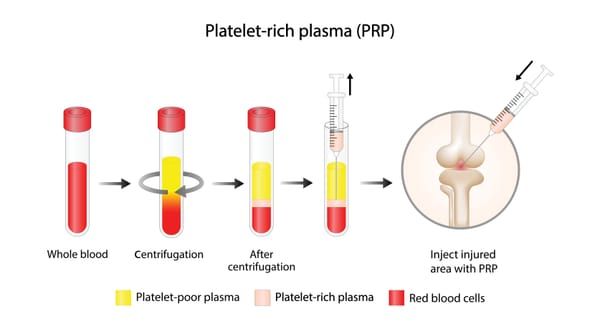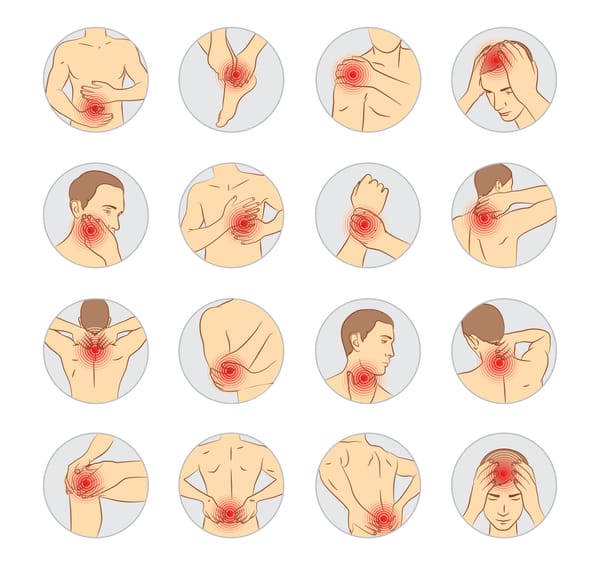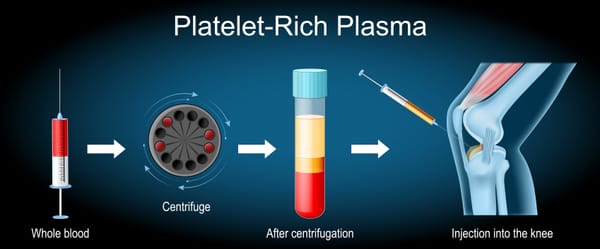Radiofrequency Ablation for Joint Pain: A Targeted Solution for Lasting Relief

Joint pain can be a relentless companion, whether it’s from arthritis, injury, or wear and tear, making daily activities like walking, climbing stairs, or even sitting uncomfortable. While treatments like physical therapy, medications, or injections often help, some people need a longer-lasting solution.
Radiofrequency ablation (RFA) is an innovative, minimally invasive procedure gaining popularity for managing chronic joint pain. In this blog post, we’ll explore what RFA is, how it works for joint pain, and what you need to know about this promising treatment, all explained clearly for a general audience.
What is Radiofrequency Ablation?
Radiofrequency ablation is a procedure that uses heat generated by radio waves to disrupt specific nerves that transmit pain signals from a joint to the brain. By “turning off” these nerves, RFA reduces or eliminates pain without affecting the joint’s function. It’s commonly used for joints like the knee, hip, shoulder, or spine (e.g., facet joints in the back or neck).
Performed by a specialist, RFA involves inserting a small needle near the target nerves, guided by imaging (like ultrasound or fluoroscopy). The procedure is outpatient, typically taking 30-60 minutes, and offers relief that can last months or even years.
How Does RFA Help Joint Pain?
Joint pain often stems from conditions that irritate or inflame nerves around the joint, such as:
- Osteoarthritis: Cartilage breakdown causing pain in joints like the knee or hip.
- Rheumatoid Arthritis: Autoimmune inflammation of joint tissues.
- Facet Joint Pain: Degeneration or injury in the spine’s small stabilizing joints.
- Post-Injury or Surgical Pain: Persistent pain after trauma or joint replacement.
RFA targets sensory nerves responsible for sending pain signals, such as the genicular nerves (around the knee) or medial branch nerves (near facet joints). By heating these nerves to 70-80°C, RFA damages their ability to transmit pain, providing relief without altering the joint’s structure or strength.
Why Choose RFA?
RFA is often considered when conservative treatments—physical therapy, oral medications, or corticosteroid injections—fail to provide lasting relief, but before resorting to surgery. Its advantages include:
- Long-Lasting Relief: Pain reduction can last 6-24 months, as nerves regenerate slowly, if at all.
- Minimally Invasive: No large incisions, with minimal recovery time.
- Precision: Imaging guidance ensures accurate targeting of pain-causing nerves.
- Reduced Medication Use: May decrease reliance on painkillers, including opioids.
What Does the Evidence Say?
Research supports RFA as an effective option for chronic joint pain, particularly in the knee and spine. Here’s a snapshot of the findings:
- Knee Osteoarthritis: A 2018 randomized controlled trial in Pain Medicine found that 60-70% of patients with knee osteoarthritis who received genicular nerve RFA reported significant pain relief and improved function at six months, compared to 30% with corticosteroid injections.
- Facet Joint Pain: A 2020 meta-analysis in Regional Anesthesia & Pain Medicine showed that 65-75% of patients with lumbar facet joint pain experienced at least 50% pain reduction for 12 months after RFA.
- Hip and Shoulder: Smaller studies, like one in Journal of Pain Research (2021), suggest RFA can reduce hip osteoarthritis pain by 50% for 6-12 months, with similar promise for shoulder pain, though data is less robust.
- Real-World Insights: Online forums like Reddit feature patients sharing stories of “life-changing” relief from knee or back pain after RFA, though some note the need for repeat procedures as nerves regrow.
While RFA is effective for many, it’s not a cure, and results vary based on the joint, condition severity, and patient factors. More research is needed for less-studied joints like the shoulder or hip.
Common Joints Treated with RFA
1. Knee (Genicular Nerve RFA)
- Conditions: Osteoarthritis, chronic pain after knee replacement, or degenerative joint disease.
- Target: Genicular nerves (superior medial, superior lateral, inferior medial) around the knee.
- Benefits: Improves pain and mobility, often delaying surgery. A 2022 study in The Clinical Journal of Pain reported 60% of patients avoided knee replacement for over a year.
- Considerations: Best for moderate osteoarthritis; severe cases may still need surgery.
2. Spine (Facet Joint RFA)
- Conditions: Facet joint arthritis, degenerative disc disease, or whiplash-related pain in the neck (cervical) or lower back (lumbar).
- Target: Medial branch nerves supplying the facet joints.
- Benefits: Reduces back or neck pain, improving flexibility. A 2019 review in Spine found 70% of patients had significant relief for 6-12 months.
- Considerations: Requires diagnostic nerve blocks first to confirm the facet joints as the pain source.
3. Hip
- Conditions: Osteoarthritis or chronic hip pain not responding to injections.
- Target: Articular branches of the femoral and obturator nerves.
- Benefits: Can reduce pain and improve walking. A 2020 case series in Pain Physician noted 50-60% pain reduction for 6-9 months.
- Considerations: Less studied than knee or spine RFA; technical challenges due to hip anatomy.
4. Shoulder
- Conditions: Osteoarthritis, frozen shoulder, or chronic pain after injury.
- Target: Suprascapular or axillary nerve branches.
- Benefits: May improve range of motion and reduce pain. Early studies (e.g., Journal of Pain Research, 2021) show 40-50% pain relief for 6 months.
- Considerations: Limited data; often reserved for cases unresponsive to other treatments.
What to Expect from RFA
Here’s an overview of the RFA process:
- Pre-Procedure: A diagnostic nerve block (injecting anesthetic into the target nerves) is often done first to confirm they’re the pain source. If pain decreases significantly, RFA is likely to help.
- Procedure: You’ll lie on a table, and the doctor will use fluoroscopy or ultrasound to guide a needle to the target nerves. After confirming placement, radiofrequency energy is applied to heat the nerves, with local anesthesia to minimize discomfort.
- Recovery: Most patients go home the same day and resume normal activities within 1-2 days. Mild soreness or bruising at the injection site is common for a few days. Pain relief may start within days but can take 1-2 weeks to fully develop.
- Duration: Relief typically lasts 6-24 months. If pain returns, RFA can often be repeated.
Benefits and Considerations
Benefits:
- Provides longer relief than corticosteroid injections, often by months.
- Minimally invasive with a low risk of complications.
- Can improve quality of life, enabling better participation in physical therapy or daily activities.
- May reduce reliance on pain medications.
Considerations:
- Temporary side effects like soreness, numbness, or mild weakness at the site (usually resolves in days).
- Rare risks include infection, nerve injury, or burns (less than 1% with experienced providers).
- Not effective for all patients—success depends on accurate nerve targeting and the pain’s source.
- Cost varies ($1,000-$3,000 per procedure), and insurance coverage depends on the condition and provider. Diagnostic blocks may be required for approval.
- Nerves may regrow, requiring repeat procedures.
Is RFA Right for You?
RFA is typically considered for chronic joint pain (lasting over 3-6 months) that hasn’t responded to conservative treatments like physical therapy, NSAIDs, or corticosteroid injections, but when surgery isn’t yet needed or desired. It’s best for pain driven by specific nerves, like in osteoarthritis or facet joint issues. Your doctor will assess:
- The cause of your pain, using exams, imaging (e.g., MRI), and diagnostic blocks.
- Your health (e.g., bleeding disorders or infections may contraindicate RFA).
- Your goals, such as pain reduction or delaying surgery.
Before proceeding, discuss the procedure’s risks, benefits, and expected outcomes with a pain specialist. Choosing a provider experienced in RFA and imaging guidance is crucial for success.
Looking Ahead
Radiofrequency ablation is a powerful tool for managing chronic joint pain, offering hope for those stuck in a cycle of discomfort. It’s not a cure, but it can provide months of relief, supporting other treatments like physical therapy or lifestyle changes. Ongoing research, including trials on Clinicaltrials.gov, is exploring RFA’s use in new joints and optimizing techniques, with cooled RFA (using lower temperatures for larger lesions) showing promise for even longer relief.
If joint pain is limiting your life, talk to a specialist about whether RFA could be an option. Online communities, like those on Reddit or through organizations like the Arthritis Foundation, can offer support and insights from others who’ve undergone RFA.
Joint pain doesn’t have to hold you back. With treatments like radiofrequency ablation, relief is possible—take the next step and explore your path to a more comfortable life.
Disclaimer: This blog post is for informational purposes only and not a substitute for professional medical advice. Consult a healthcare provider before considering radiofrequency ablation or any new treatment for joint pain.



